When winter rolls in, it brings chilly weather, snug sweaters, and a few unexpected price hikes at the grocery store. While you’re cozying up with a hot cocoa, some kitchen staples might take a bigger bite out of your wallet. From pantry essentials to the occasional treat, some items will surprise you with their winter price tags. But don’t worry, you’re not alone in wondering why these cost changes happen. Let’s dive into what you might find on the more expensive side this season.
1. Avocados: The Green Gold Rush
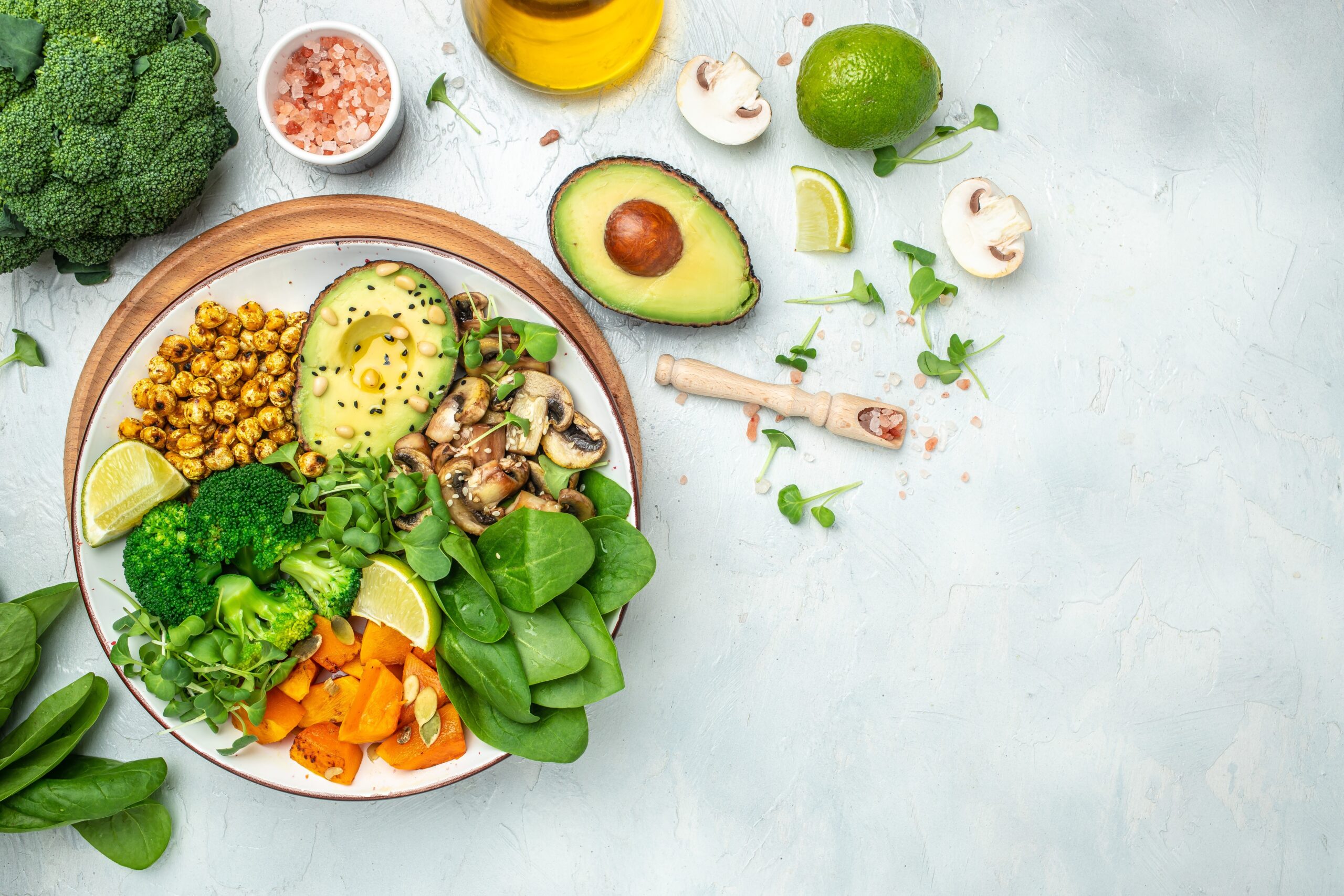
Avocados have become a staple in many households, whether you’re smashing them on toast or tossing them in salads. However, this creamy fruit might just become the green gold rush of the winter. According to the USDA, adverse weather conditions in major growing areas can significantly affect the supply, inflating prices. When the demand for avocados remains steady throughout the year, a limited supply can lead to noticeable price hikes. So, your morning guacamole might come at a premium this winter.
It’s not just the weather that plays a role; the labor shortages and transport challenges also contribute to the cost. As growers and distributors work to meet demand, these logistical hurdles can drive up prices. People might find themselves weighing the pros and cons of including avocados in their winter menus. It’s a classic case of how global supply chain issues trickle down to your local grocery store. Keep an eye on those price tags and perhaps enjoy avocados as an occasional treat.
2. Oranges: A Juicy Predicament
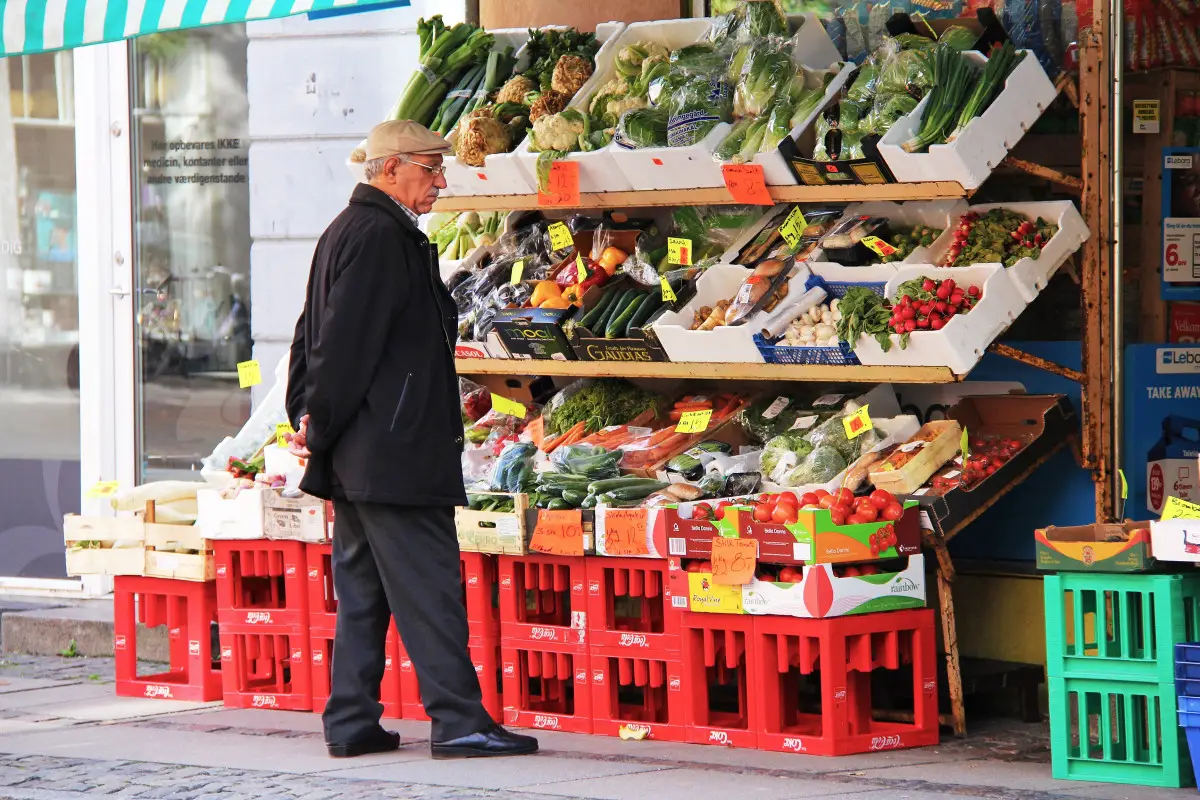
Oranges often symbolize sunshine and health, perfect for boosting your immune system when it’s cold outside. Yet, the price of this citrus fruit may leave you squeezing your wallet this winter. The usual suspects—droughts and extreme weather—hit orange crops, triggering a domino effect on pricing. A lower yield means fewer oranges on the market, and that scarcity can make them a luxury. If you’re someone who relies on fresh-squeezed vitamin C, prepare for a potential price bump.
On top of weather woes, diseases like citrus greening continue to threaten orange groves, diminishing supplies. This disease can cause fruit to be misshapen, tart, or even unsuitable for sale. People who have a penchant for fresh orange juice or citrus-based recipes might find themselves rethinking their choices. As a result, some might turn to alternative fruits or even frozen options to keep their budgets in check. Oranges may stay part of your winter diet, just in smaller, more costly doses.
3. Beef: A Pricey Protein

Everyone loves a hearty beef stew when the temperature drops, but beef prices are set to rise this winter. According to a report from the Food and Agriculture Organization, global beef production is experiencing disruptions, contributing to increased costs. Feed prices, labor issues, and environmental factors all play a role in this beefy conundrum. When the supply chain hits a snag, those costs get passed along to you at the store. So, your traditional winter roasts might require a bit more budgeting this season.
With beef prices on the upswing, people may need to get creative with their protein choices. Some might pivot to chicken, pork, or plant-based alternatives to keep their meals affordable. Though beef remains a beloved staple in many diets, the higher prices could prompt some to explore different cooking methods and recipes. Buying in bulk or considering less expensive cuts could be a way to manage costs without sacrificing flavor. You may find yourself sharpening your culinary skills with alternative ingredients for those winter feasts.
4. Coffee: A Bitter Brew

Few things are as comforting in winter as a steaming cup of coffee, but that daily ritual might cost more this year. The coffee market is not immune to fluctuations, particularly due to climate impacts in key coffee-producing regions. Brazil, one of the largest coffee exporters, has faced droughts and frost, which have significantly affected coffee plants. These conditions result in lower yields, leading to higher global coffee prices. So, your morning pick-me-up might be a bit pricier with each pour.
Besides environmental factors, the coffee industry faces challenges from increased shipping costs and supply chain delays. These challenges add layers of complexity to getting coffee from farm to cup, ultimately influencing retail prices. While some folks may absorb the cost, others might seek out alternatives like tea or even cut back on their daily caffeine intake. Switching to in-house brewing from fancy café orders could be another strategy to mitigate expenses. It’s a small change that could keep your wallet and caffeine levels in balance as the mercury drops.
5. Chocolate: Sweet Dreams, Costly Realities

Chocolate is a wintertime comfort food for many, but the sweet treat may come with a higher price tag. According to a study by the International Cocoa Organization, fluctuations in cocoa supply, particularly from African countries, have caused price volatility. Climate change, pests, and diseases all threaten cocoa crops, making chocolate production more challenging. When cocoa becomes scarce, the ripple effect directly touches shelves and sweet cravings worldwide. Indulging in your favorite chocolate bar might require a bit more forethought this winter.
Compounding the issue, transportation and production costs have also been on the rise. These additional expenses are often passed down to the consumer, making chocolate a pricier indulgence. For those with a sweet tooth, the higher cost could mean a shift towards less expensive confectionery or homemade treats. While the thought of pricy chocolate might be a bitter pill to swallow, moderation could be the key to enjoying it guilt-free. This winter, savoring each piece might feel more like a luxury experience than ever before.
6. Eggs: The Pricey Protein Essential
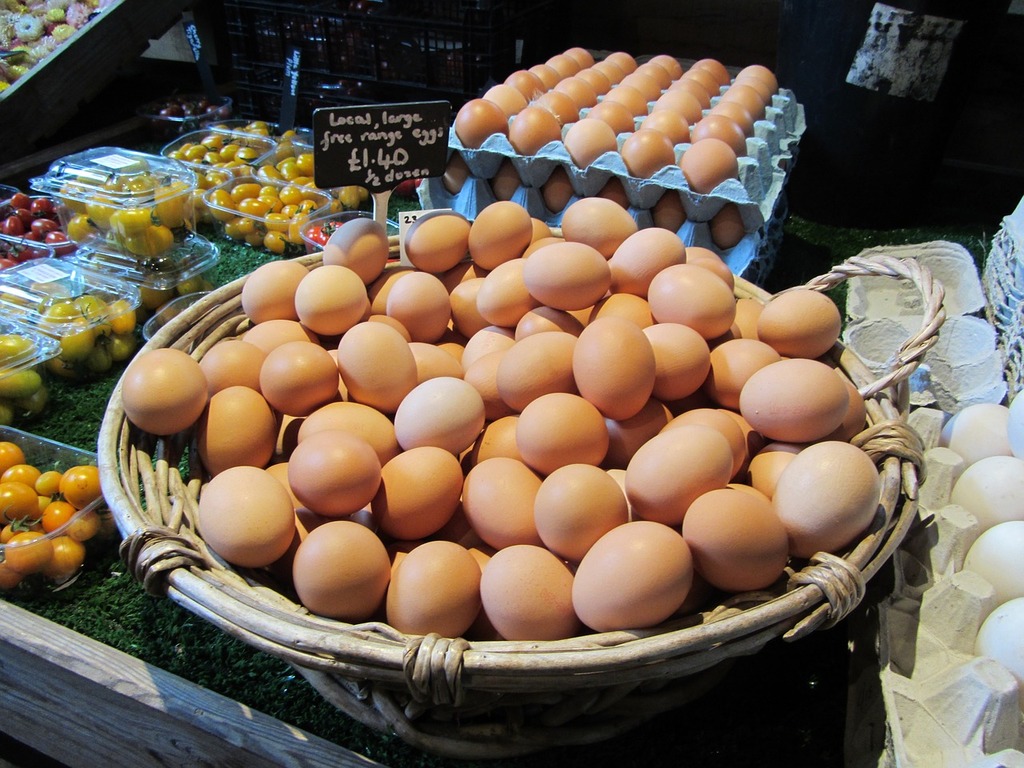
Eggs are a versatile staple in countless kitchens, serving as a breakfast go-to and a baking necessity. Despite their everyday appearance, you might notice a jump in egg prices this winter. A combination of factors, including avian influenza outbreaks and rising feed costs, contributes to this trend. When poultry farms face health crises, it impacts egg production and availability. As a result, that carton you reach for may start to feel like a luxury purchase.
Rising transportation expenses and labor shortages exacerbate the issue, leading to higher prices in stores. People who depend on eggs as a primary protein source or as a baking ingredient should plan for potential increases. Alternatives like plant-based egg substitutes or reducing egg usage in recipes might become more appealing. Despite the price hike, eggs remain a nutritional powerhouse, and many will still consider them a kitchen essential. The key this season might be strategic purchasing or adjusting recipes to stretch each carton further.
7. Canned Goods: The Steady Standby
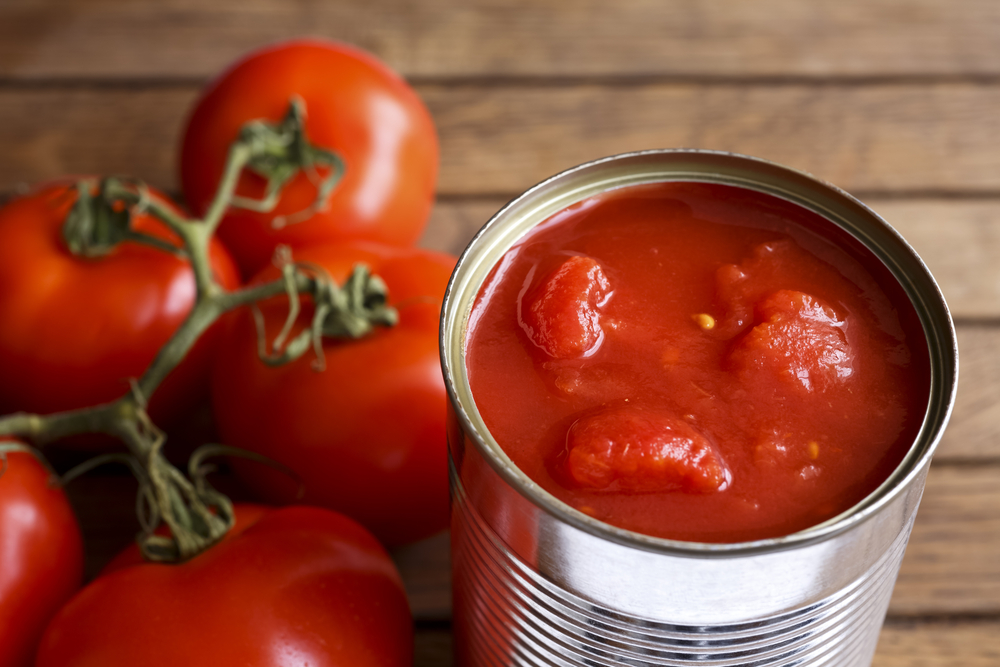
Canned goods are often a pantry staple, essential for creating hearty winter meals without fresh ingredients. However, don’t be surprised if you notice a price increase on these shelf-stable items. According to economist Jill Carlson from the Consumer Research Council, increasing aluminum costs and supply chain issues have affected canned good production. These factors have led to a rise in production costs, often reflected in what you pay at the store. So, while canned goods remain a convenient option, they might also be a more expensive one this winter.
Supply chain disruptions and increased demand during the colder months can lead to higher prices for these staples. Canned vegetables, soups, and even fruits might see a price adjustment as retailers and manufacturers navigate current challenges. For budget-conscious shoppers, this might mean buying in bulk during sales or exploring generic brands for savings. Despite the potential spike, canned goods offer a level of convenience and accessibility that’s hard to beat. Preparing for this change can keep your pantry stocked without breaking the bank.
8. Pasta: A Carb-Lover’s Conundrum

Pasta, a comforting carb for many, could be another item seeing price inflations this winter. With durum wheat, the key ingredient for pasta, facing production issues, retail prices are on the rise. Factors contributing to this include adverse weather conditions in major wheat-producing regions and increased global demand. When supply tightens and demand remains strong, prices naturally follow an upward trajectory. This means your favorite spaghetti or fettuccine may cost a bit more this season.
In addition to raw material shortages, transportation issues also contribute to pasta price hikes. Shipments face delays and increased costs, impacting the final price tag at your local grocery store. People who consider pasta a staple might need to explore budget-friendly alternatives like rice or legumes. Additionally, some may turn to homemade pasta as a creative, cost-saving endeavor. Despite these challenges, pasta dishes continue to offer comfort and versatility, even if they require some planning to keep expenses down.
9. Dairy Products: A Creamy Cost Increase
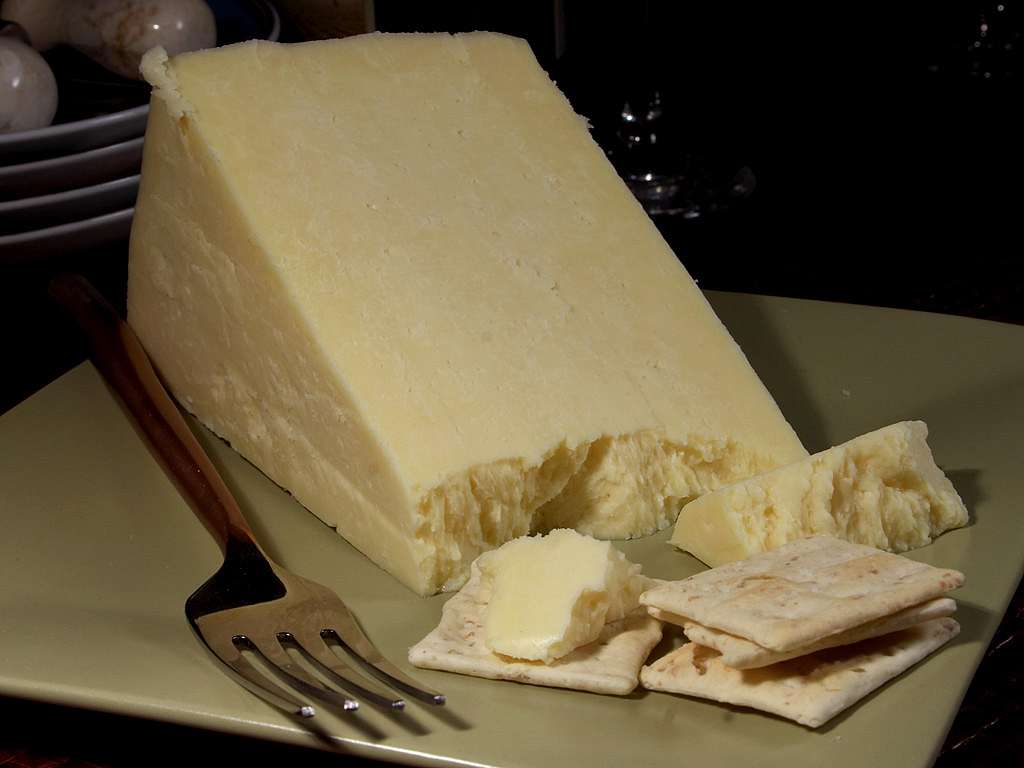
Dairy products, from milk to cheese, are set to see a price increase as winter approaches. The dairy industry grapples with several challenges, including rising feed costs and labor shortages, directly affecting production. When dairy farms face increased operational costs, these are often transferred to consumers at the checkout line. People who rely on dairy for cooking or beverages might notice a more expensive grocery bill. So, if your household is a dairy devotee, budget adjustments might be on the horizon.
Additionally, transportation and storage costs for dairy products contribute to the overall price increase. Fluctuations in fuel prices and logistical bottlenecks also play a role in higher dairy costs. Despite these issues, many will continue to consider dairy a dietary staple, adjusting consumption or brand choices accordingly. Some may experiment with plant-based milk or cheese alternatives as a way to offset expenses. As you sip your warm milk or enjoy a cheesy dish, know that those comfort foods may come with a slightly higher price.
10. Baking Supplies: A Flour Crisis

Winter is a prime baking season, but the cost of baking supplies could rise, impacting your holiday preparations. Flour, a primary ingredient in many baked goods, might see a price increase due to wheat production challenges. Unfavorable weather and crop diseases have strained wheat supplies, leading to higher production costs for flour. As a result, those delicious homemade cookies or pies could become more expensive to whip up. People who enjoy baking might need to strategize their ingredient purchases to manage rising costs.
It’s not only flour; other baking essentials like sugar and butter may also experience price adjustments. Supply chain disruptions and increased demand during the winter months put additional pressure on pricing. For avid bakers, this might mean buying ingredients in bulk during sales or exploring substitute ingredients. Despite potential cost increases, baking remains a beloved winter tradition and a source of warmth and joy. Finding creative ways to navigate these changes can keep the holiday spirit alive without breaking the bank.
11. Nuts: The Nutty Price Spike
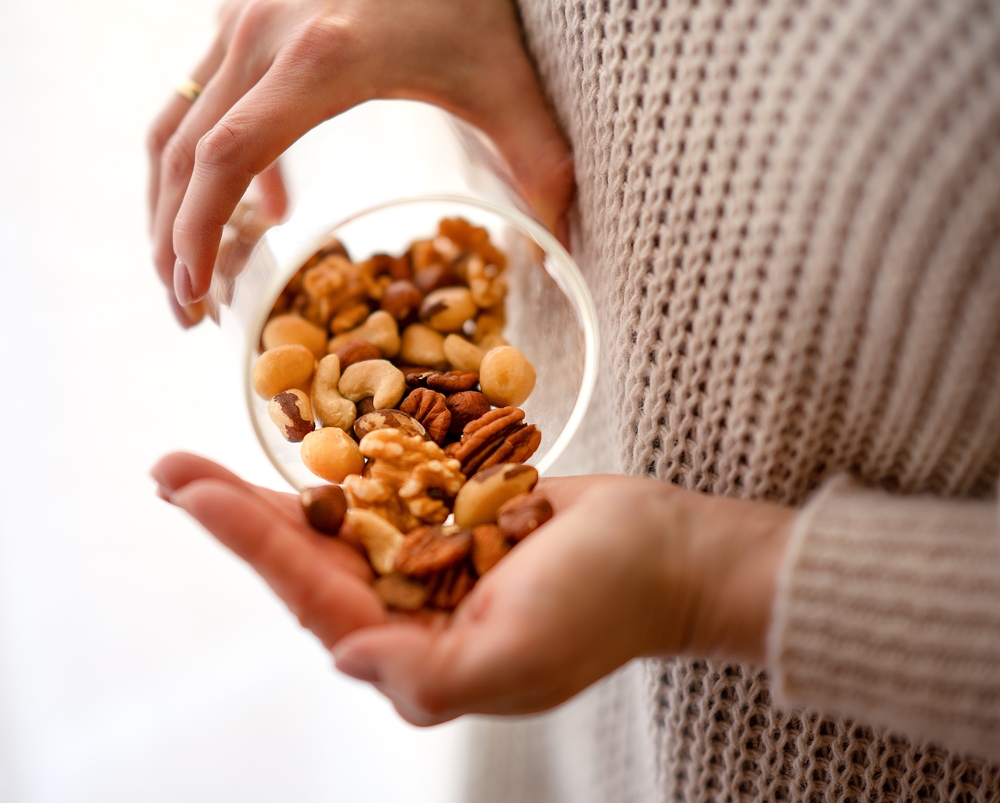
Nuts are a favorite snack and ingredient in many winter dishes, but their price might leave you shell-shocked this season. Factors such as water shortages and climate change have affected nut production, particularly in California, a major producer. When environmental conditions impact yields, the scarcity drives up prices, making nuts a more expensive treat. If you’re a fan of holiday nut mixes or nut-based recipes, brace yourself for potential price increases. Nuts might remain a part of your diet, but perhaps in more modest portions.
In addition to production challenges, the complex process of harvesting and processing nuts adds to the cost. Labor shortages and transportation issues further compound these expenses, affecting prices at the retail level. People might find themselves reconsidering how nuts fit into their snacking and cooking habits. Exploring alternative protein or snack options could help mitigate the impact of price hikes on your budget. Despite these challenges, the nutritional benefits of nuts might still make them worth the splurge for many.
12. Canned Fish: A Finicky Price Swim
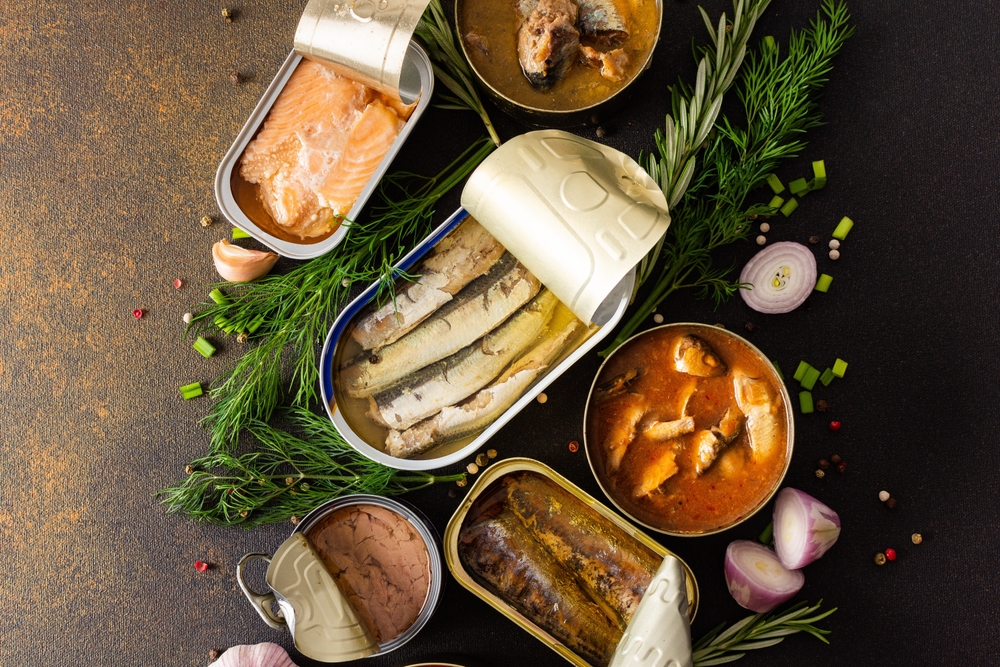
Canned fish, such as tuna and salmon, offers a convenient and protein-packed option for meals. However, the price of these pantry staples might rise this winter due to various factors affecting the fishing industry. Climate change, overfishing, and stricter regulations have contributed to supply constraints and higher production costs. When demand remains consistent, these supply issues drive up prices, making canned fish a more costly option. If you’re a fan of quick, seafood-based meals, you may see a higher grocery bill this season.
In addition to supply challenges, transportation and packaging costs also play a role in pricing changes. People who rely on canned fish for meal prep or as a protein source might need to consider alternatives. Exploring plant-based proteins or other seafood options could help balance the budget while maintaining variety in meals. Despite potential increases, canned fish remains a valuable and versatile pantry item for many households. Strategic purchasing and mindful meal planning can help keep costs in check.
13. Fresh Greens: The Pricey Produce Pick

Fresh greens, a source of essential nutrients, may see a rise in cost, making them a pricey produce pick this winter. Cold weather often impacts the availability and quality of leafy greens, leading to price fluctuations at the store. When frost and limited sunlight affect growing conditions, it reduces the supply and drives up demand. As a result, your favorite salad ingredients or smoothie boosters might come with a heftier price tag. If fresh greens are a staple in your meals, you might find yourself seeking alternatives.
Increased transportation costs and labor shortages further contribute to the price increase for fresh greens. People who prioritize fresh ingredients might need to consider frozen options or seasonal produce. Exploring recipes that incorporate heartier, less expensive vegetables could also be a strategy to manage costs. Despite these challenges, fresh greens remain a popular choice for health-conscious people, offering a boost of vitamins and minerals. Finding ways to balance preferences and budget can keep this nutritious option on the table.
14. Rice: The Global Grain Squeeze
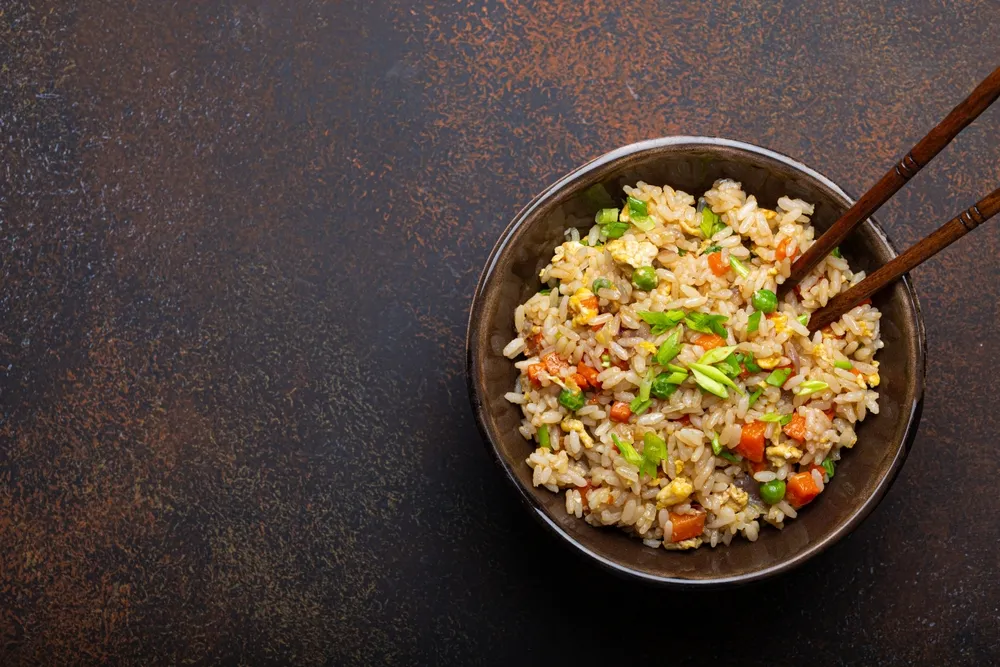
Rice, a dietary staple for many, could experience a price bump this winter due to global supply issues. Adverse weather conditions and reduced crop yields in key producing countries have affected rice availability. When production slows and demand remains constant, prices naturally increase, impacting global markets. People who rely on rice as a primary source of carbohydrates may need to plan for potential price changes. Though still a staple, rice might require a bit more budgeting this season.
Transportation and logistical challenges also contribute to potential price hikes in the rice market. As shipments face delays and costs rise, these factors inevitably affect retail prices. For those who consider rice a pantry essential, buying in bulk or exploring alternative grains could help manage expenses. Despite potential increases, rice remains a versatile and beloved ingredient in many cuisines worldwide. Balancing cost considerations with culinary preferences can keep rice dishes a staple on your winter menu.
15. Spices: The Aromatic Expense
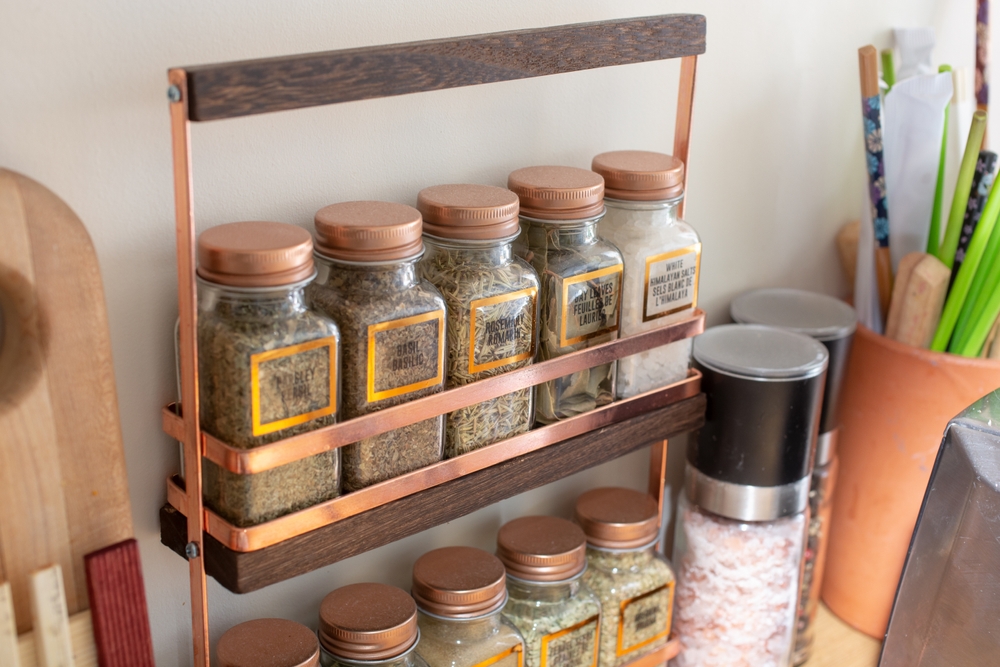
Spices add flavor and warmth to winter dishes, but their prices might make you reconsider your spice rack this season. Climate change, political instability, and supply chain disruptions have all contributed to price increases in the spice market. When conditions affect production, particularly in regions heavily reliant on spice cultivation, scarcity drives costs upwards. People who enjoy experimenting with flavors might notice higher prices for their favorite spices. If spices are a kitchen staple for you, consider adjusting your shopping habits this winter.
In addition to production challenges, packaging and transportation costs also play a role in the pricing of spices. As these factors influence retail prices, some may opt for buying in bulk or seeking out local spice vendors for savings. Exploring recipes that use fewer spices or experimenting with substitute flavors could help balance the budget. Despite these potential increases, spices continue to offer a world of flavors, making them worth the careful investment. With strategic planning, your culinary adventures can continue to thrive without breaking the bank.
This article is for informational purposes only and should not be construed as financial advice. Consult a financial professional before making investment or other financial decisions. The author and publisher make no warranties of any kind.







